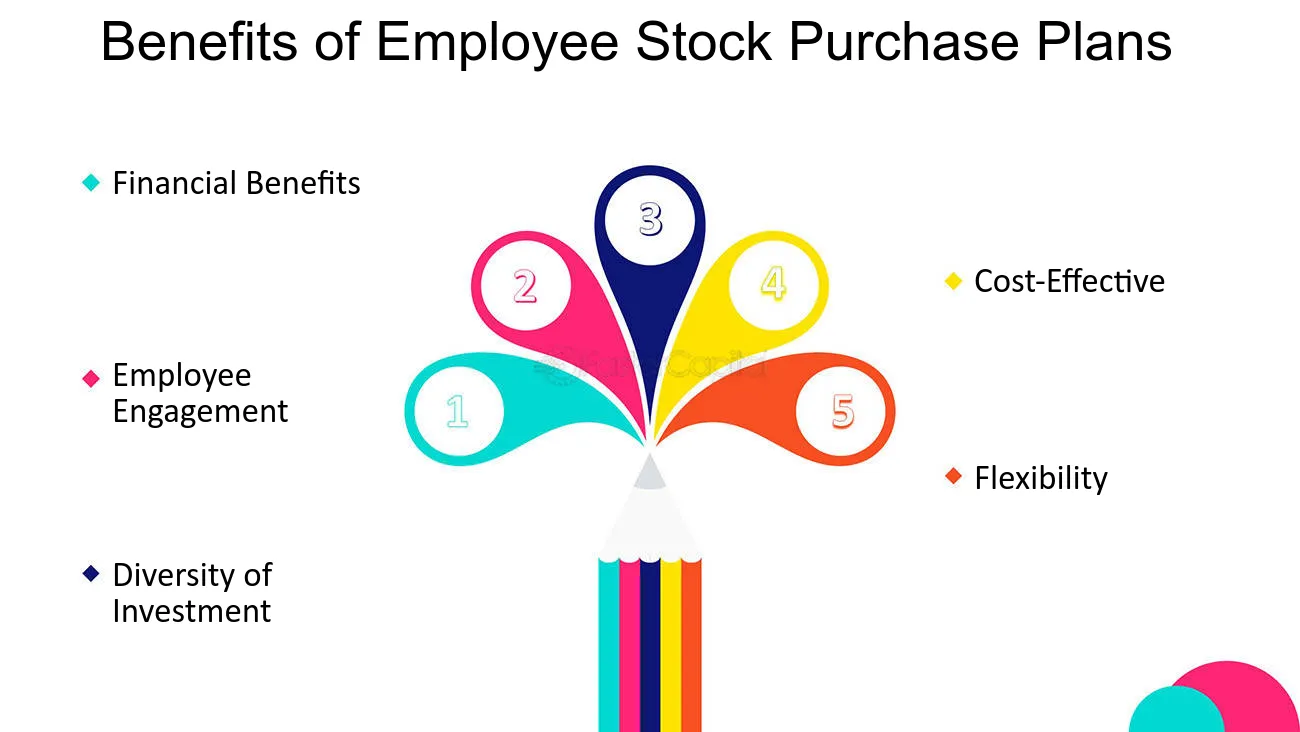Mastering Employee Stock Purchase Plan Taxes: A Guide to ESPP Savings and Strategies
Employee Stock Purchase Plans (ESPPs) offer a unique opportunity for employees to purchase company stock at a discount, potentially leading to significant financial gains. However, the tax implications associated with these plans can be complex. Understanding how ESPP taxes work is crucial for maximizing your investment savings and minimizing tax liabilities. This article will provide a comprehensive guide to navigating ESPP taxes, highlighting strategic considerations and practical steps you can take to optimize your financial outcomes.

In this guide, we will delve into the mechanics of ESPP taxation, including how discounts, profits from stock sales, and holding periods influence your tax obligations. We will also explore strategies that can help you effectively manage your ESPP investments and offer insights on how to make informed decisions regarding your stock purchases and sales. By the end of this article, you will have a clearer understanding of the nuances of ESPP taxes and the best practices for maximizing your investment.
Understanding Employee Stock Purchase Plans (ESPPs)
Before diving into the specifics of ESPP taxes, it’s essential to understand what an Employee Stock Purchase Plan is and how it works. An ESPP allows employees to purchase shares of their company’s stock, often at a discount, through payroll deductions. The plan may have specific eligibility requirements, offering a compelling way to invest in the company you work for.
Key Features of ESPPs
- Discounted Stock Price: Employees can usually buy stock at a discount, often 15% off the market price.
- Contribution Limits: The IRS imposes limits on the amount employees can contribute to an ESPP, typically set at $25,000 per year.
- Offering Periods: Employees can participate in an offering period, which can last from a few months to several years.
- Tax Treatment: The tax implications depend on whether the sale of stock is classified as a qualifying or disqualifying disposition.
The Tax Implications of ESPPs
ESPP taxes can significantly impact your overall investment return. The tax treatment you face depends primarily on two factors: the discount received at purchase and the holding period before selling the stock. Understanding how these elements interact is vital for effective financial planning.
Discount Received at Purchase
The discount you receive when purchasing stock through an ESPP is considered compensation income and is subject to income tax. For example, if you buy shares worth $100 for $85 through your ESPP, the $15 difference is treated as taxable income. This amount will be included in your W-2 form for the year in which the stock was purchased.
Sales Profits and Holding Periods
When you sell the stock acquired through the ESPP, the profits you earn will be taxed based on the duration of your holding period:
- Qualifying Disposition: If you hold the stock for at least one year after purchase and more than two years after the offering date, you benefit from long-term capital gains tax rates, which are generally lower than ordinary income tax rates.
- Disqualifying Disposition: If you sell the stock before meeting the holding period requirements, the profit will be taxed at ordinary income tax rates, which can significantly reduce your overall returns.
Strategies for Minimizing ESPP Taxes
To maximize your investment savings and minimize tax liabilities, consider the following strategies when participating in an ESPP:
1. Understand Your Plan’s Terms
Each ESPP has unique terms and conditions. Familiarize yourself with your plan’s specifics, including the discount rate, offering periods, and holding requirements. This knowledge will help you make informed decisions about when to buy and sell.
2. Hold for the Long Term
Whenever possible, aim for qualifying dispositions to take advantage of lower long-term capital gains tax rates. This often means holding onto your shares for at least a year after purchase and more than two years from the offering date.
3. Plan Your Sales Wisely
Timing your sales can make a significant difference in your tax burden. Consider your overall financial situation, including your income level and tax bracket, when deciding when to sell your shares. If you anticipate being in a lower tax bracket in the future, it might make sense to hold onto your stock longer.
4. Utilize Tax-Advantaged Accounts
If eligible, consider rolling over ESPP shares into a tax-advantaged account like an Individual Retirement Account (IRA). This can provide tax benefits and help defer taxes until withdrawal, allowing your investments to grow tax-free for a longer period.
Frequently Asked Questions (FAQ)
1. What is an ESPP?
An Employee Stock Purchase Plan (ESPP) allows employees to purchase company stock at a discounted price through payroll deductions.
2. How are ESPP taxes calculated?
ESPP taxes depend on the discount received at purchase, the profits earned upon selling the stock, and the holding period before selling.
3. What is a qualifying disposition?
A qualifying disposition occurs when you hold the stock for at least one year after purchase and more than two years after the offering date, allowing for long-term capital gains tax treatment.
4. How does a disqualifying disposition affect my taxes?
A disqualifying disposition occurs when stock is sold before the required holding period. Profits from this sale are taxed as ordinary income, which can increase your tax liability.
5. Can I sell my ESPP shares at any time?
While you can sell your ESPP shares at any time, the tax implications can vary significantly based on when you sell. It’s crucial to consider the holding period and potential tax consequences before making a sale.
Conclusion
Mastering Employee Stock Purchase Plan taxes is essential for maximizing your investment savings and making informed financial decisions. By understanding the nuances of ESPP taxation, including the impact of discounts, holding periods, and tax strategies, you can significantly enhance your financial outcomes. Always consider consulting with a tax professional to address your unique circumstances and ensure you are leveraging your ESPP to its fullest potential. With the right strategies in place, you can effectively navigate the complexities of ESPP taxes and work towards achieving your financial goals.
📰 Original Source
Este artigo foi baseado em informações de: https://www.nerdwallet.com/article/investing/employee-stock-purchase-plan-tax-espp


